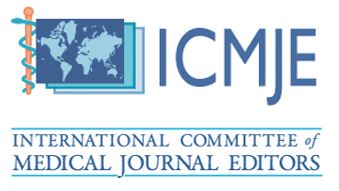Prevalence of Dental Anomalies in Cleft Lip and Palate Patients Referred for Orthodontic Treatment
DOI:
https://doi.org/10.51200/bjms.v19i2.5488Keywords:
Dental anomalies, cleft lip palate, hypodontia, peg lateral, impacted, supernumeraryAbstract
This cross-sectional study of the cleft lip and palate (CLP) patients referred for orthodontic treatment from year 2010 to 2021, reviewed the dental records retrospectively. The demographic data, the pattern of CLP, and the dental anomalies were recorded. All variables were analysed descriptively. The differences between the gender with respect of the dental anomalies were tested using Fisher’s exact test. The mean age of the patients at the time of referral was 12.12 ± 0.48 years. There were 84 (98.82%) patients presented with at least one dental anomaly. More than one-third of the patients presented with more than a type of dental anomaly (n=39, 45.88%). The most common dental anomalies were hypodontia (n=58, 68.24%), peg-shaped lateral incisor (n=29, 34.12%), impacted tooth (n=27, 31.76%), supernumerary (n=10, 11.76%), and transposition (n=8, 9.41%). The prevalence of hypodontia was higher in females. The prevalence of impacted tooth, supernumerary, and transposition were higher in males. The prevalence of peg-shaped lateral incisor was about the same in males and females. In conclusion, almost all of the CLP patients referred for orthodontic treatment had at least one dental anomaly, with the prevalence of 98.82%. Multiple dental anomalies affected more than one-third of the patients. Hypodontia was the most common dental anomaly. Other dental anomalies were peg-shaped lateral incisor, impacted tooth, supernumerary, and transposition.
Downloads
Published
How to Cite
Issue
Section
License
All articles are published under the Creative Commons Attribution-NonCommercial (CC BY-NC 4.0) license, enabling users to read, download, copy, distribute, and adapt the material for non-commercial purposes, provided proper credit is given to the original authors and the source. This model supports transparency, accessibility, and the global exchange of medical knowledge.








1.png)



